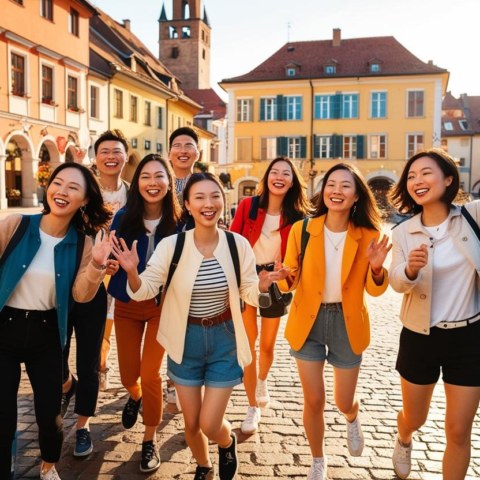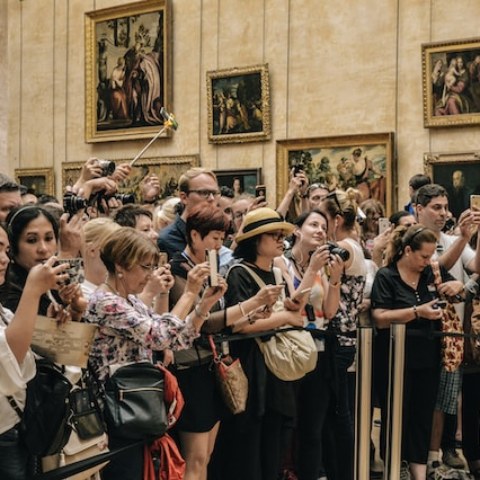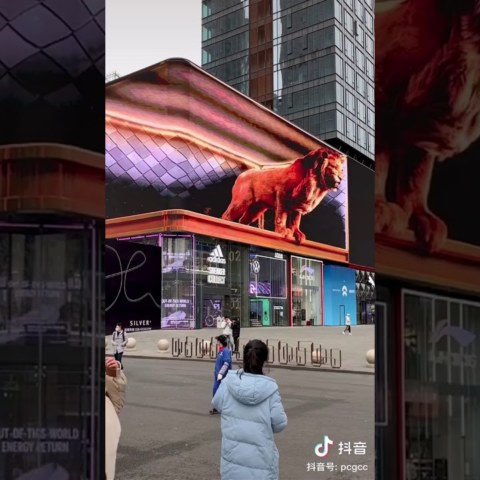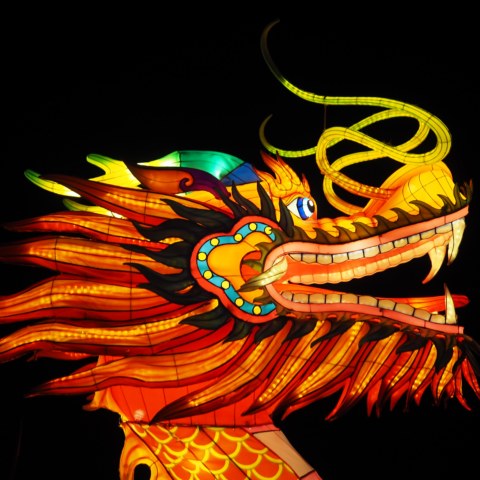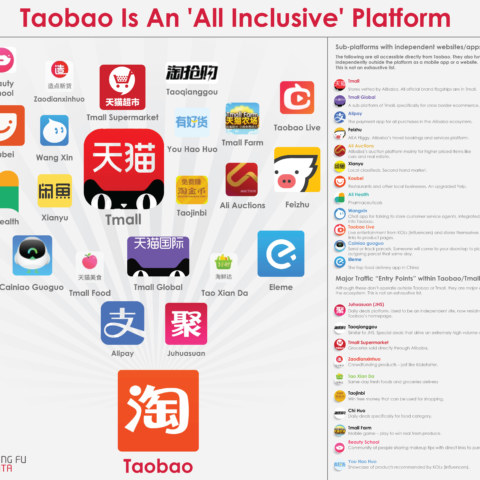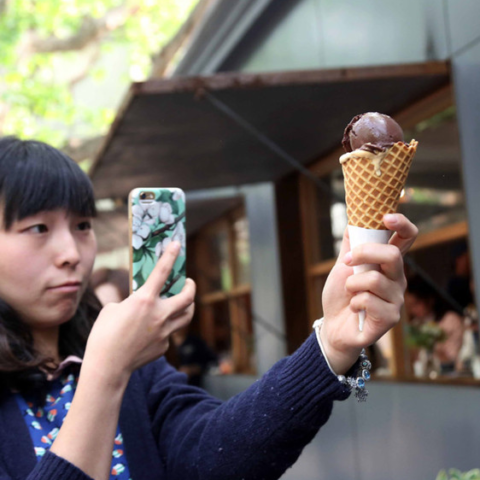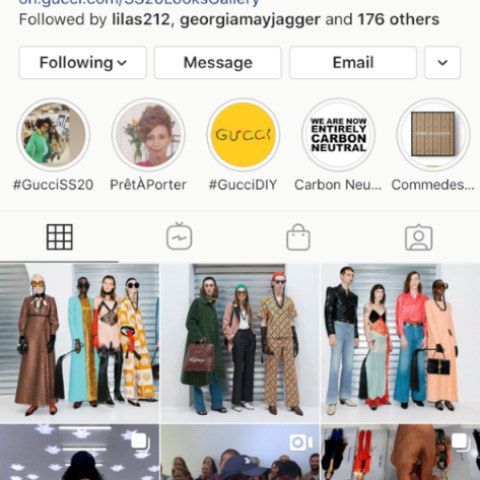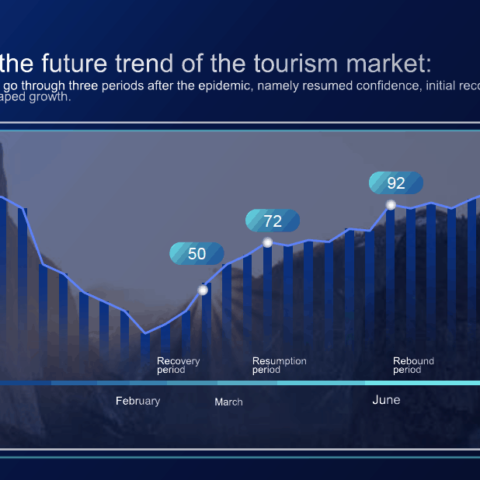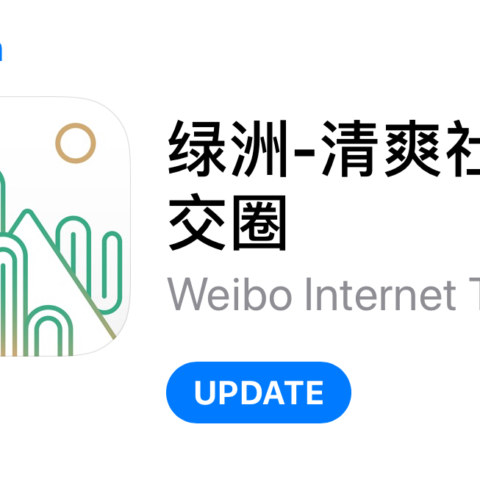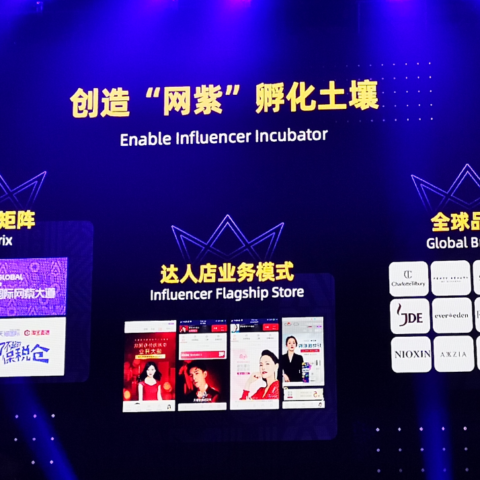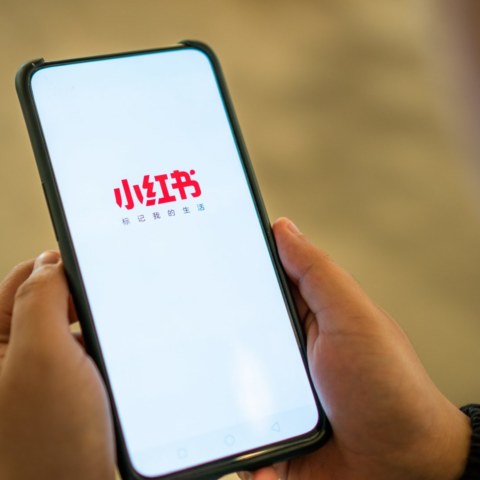Weibo, a key platform in Chinese Tourism
Weibo has become a very important platform for Chinese Tourism.
In a recent survey, a China digital marketing agency for the travel industry, asked 100 Chinese millennials to outline the media platforms they use for trip planning. Perhaps unsurprisingly, answers covered the full spectrum of China’s rich digital ecosystem and included Mafengwo, Ctrip, and TripAdvisor. One site that was cited more than most, however, was Weibo.
Weibo’s ease of multimedia sharing, live-streaming, and community building makes it a go-to source for trip planning. While DMOs have long recognized the power of Weibo to inspire travelers, many have struggled to grasped its value and how it fits within a China-focused social media strategy.
Understanding the consumer is paramount. Here, we’ll break down how young Chinese travelers use Weibo to plan trips and how destinations can set themselves up on Weibo:
Millennial Traveler Profile
Imagine two 26-year-old Chinese women are planning a trip to California. They hope to do some bargain shopping alongside general sightseeing. The booking is made 60 days in advance, which gives them plenty of time to prepare and build an itinerary. Both women have been active on Weibo for six years and use the social media platform to consume news, fashion trends, and interact with friends.
Unlike Instagram, where users follow hashtags, such as ILoveCali, Weibo allows users to search trending hashtags and discover user-generated content. For example, a search for #LosAngeles or #LA will show what other Weibo users are doing in LA. This feature allows users to cast a wide net and filter out irrelevant or uninteresting content.
Consumer Steps
The pair will begin to research the best places to buy major brands in California. Through their peer circles they will notice Simon Shopping Destinations, a location that is considered a ‘catch-all’ destination from many visiting Chinese shoppers, and they will follow the official account on Weibo.
The pair will browse content that has already been published, look at the brands on offer, and check the available locations. They want to ensure the best shopping experience and this includes checking upcoming sales, as well as retail opportunities and experiences.
Destination Steps
Simon Properties has eight shopping malls and outlets located within a two-hour drive of Los Angeles. In terms of Weibo strategy, the key is to ensure each post contains a LA feature hashtags i.e. #LosAngeles or #LA. This means the posts will appear on the Weibo feeds of the Chinese travelers as they research California.
This post from Simon Properties’ official Weibo account, highlights Desert Hills Premium Outlets, which is located an hour from Los Angeles and 20 minutes west of Palm Springs. and includes 180 designer stores including Alexander McQueen, Burberry and Coach. Image courtesy of Mailman X.
The hashtag #LosAngeles has more than 90 million reads and more than 128,000 discussions. In addition, #LosAngelesFood has more than 46 million reads and 14,000 discussions. The key for Simon Properties is to tap into this Weibo sphere and become a part of the conversation.
Conclusion
As Weibo has evolved so has the behavior of its users. Travel marketers need to be discoverable across China’s digital space and understand how potential consumers use the platform so as to create relevant content.
The staple of any good social media strategy should be to highlight new activities, restaurants, hotels, parks. Focus on what is new and provide travelers with good reasons to spend more time at your destination.
TIPS:
Yet, many brands don’t use it. They either don’t know how, or simply underestimate it.
Let’s make it clear: WeChat is not a one-fits-all solution. Sometimes I have a feeling that for many Westerners this is the only name that sounds familiar in terms of Chinese platforms so they want to stick to it no matter what. However, I can’t say enough, Weibo is much more open and is easier to interact and attract new followers. Not to mention, ads and influencers are much more accessible.
Do you want to start connecting with Chinese Tourists? contact us
Leave a Comment
